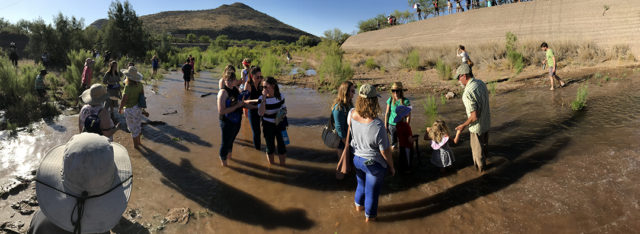
Sonoran Institute’s headquarters are right downtown, so I thought no problem, I’ll give myself 15-20 minutes and have plenty of time to jump on my bike and get there. In hindsight, I should have known better. I didn’t anticipate wanting to stop every few minutes to take pictures!
It was Monday afternoon, June 24th, and Tucson Water had started releasing reclaimed water into the river near downtown for the first time as part of the Santa Cruz Heritage Project. The “ribbon cutting” event was going to be held in the heat of the day with speeches from the Mayor and the utilities marking the beginning of a whole night of activities coinciding with El Día de San Juan festival, a traditional small neighborhood affair held to welcome the monsoon season.
As I rode my bike along the Loop path my heart was racing as I looked for the front of the flow. When I saw the telltale sparkle in dry sand, a huge smile broke out on my face. Truly, it is hard to put my feelings into words. The river has changed a lot since year-round flows near downtown ended, but this stretch is so important historically as Tucson’s birthplace, and even though the river doesn’t look like it used to, seeing this water on a hot sunny day without a cloud in the sky was incredibly moving, exciting, and beautiful.
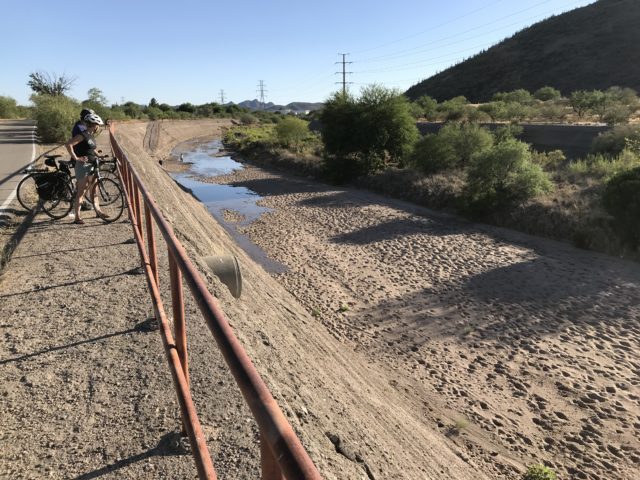
I did not anticipate the 300+ people of all generations who came to see the river flow again. The energy was palpable. Adults were wading through the cool water and the children were sitting, stomping, splashing, you name it; getting as wet as they could without swimming in the water.
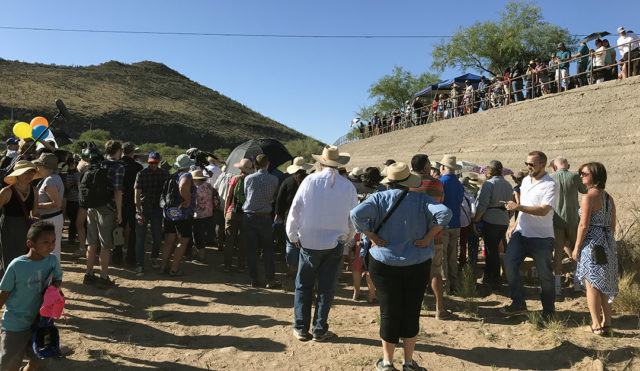
This magic reminded me of something that happened along the Colorado River in Mexico. In 2014, water was released as a pulse from Morelos Dam into a stretch that hadn’t seen flowing water in decades. This was a very large project with an average of 500 million gallons being released each day for eight weeks as an experiment to restore life to the river.
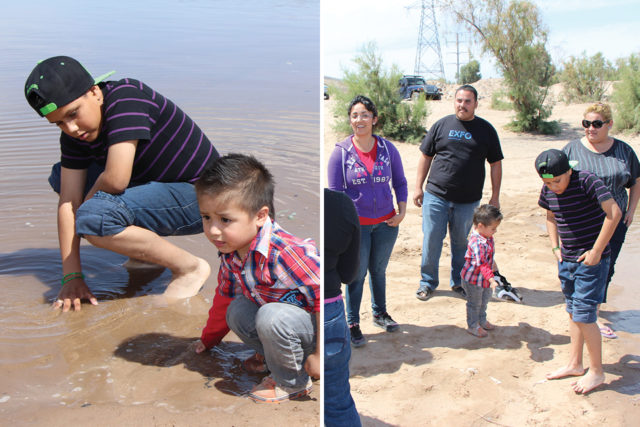
This magic reminded me of something that happened along the Colorado River in Mexico.
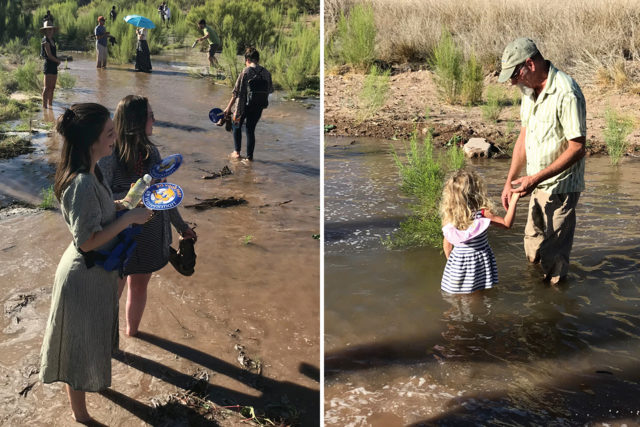
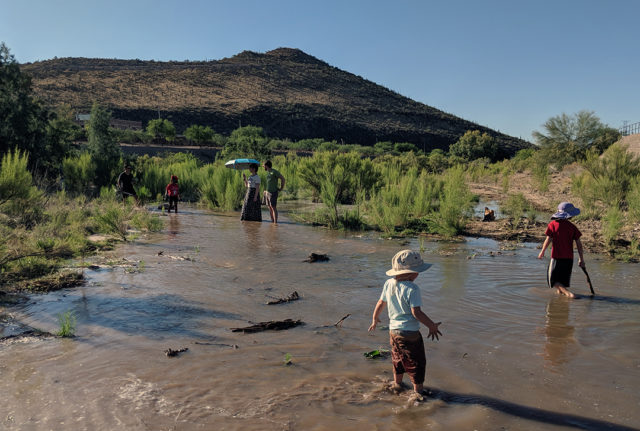
Although that scale was much larger than the 2.8 million gallons of water that Tucson Water can now release daily into the Santa Cruz, the community reaction seems identical. Pictures and videos from Mexico showed the same thing—people of all generations enthusiastically smiling, wading in the water, and enjoying their river—many for the first time in their lives. I wasn’t there to see it first-hand, but I think both communities shared the same kind of enthusiasm and hope for their river.
When we see flowing water, particularly in a hot, arid environment, we rejoice.
I guess it comes down to the simple fact that without water, there would be no life. When we see flowing water, particularly in a hot, arid environment, we rejoice. And, if we’re seeing flowing water where it hasn’t been in decades (outside of a major storm event), then we get joyous fervor.
I’ve been visiting the Santa Cruz River every day for a week after the Heritage Project launch. Even though I have been studying the river for the last decade, going every day is unusual. But, I just couldn’t help myself! I’m thrilled to watch the next chapter of our living river unfold.
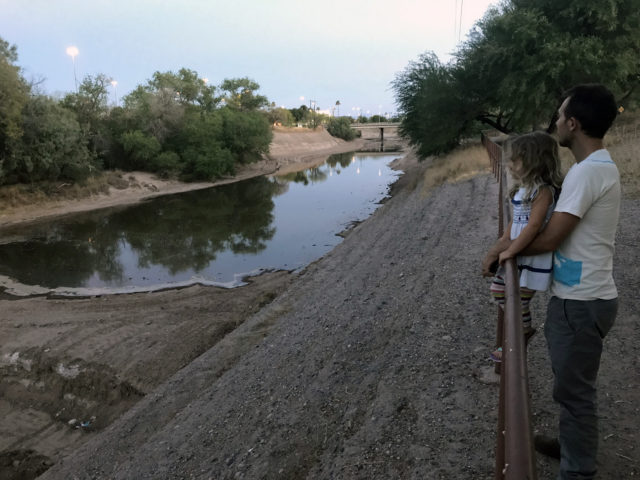
Blog Post By: Claire Zugmeyer, Ecologist
